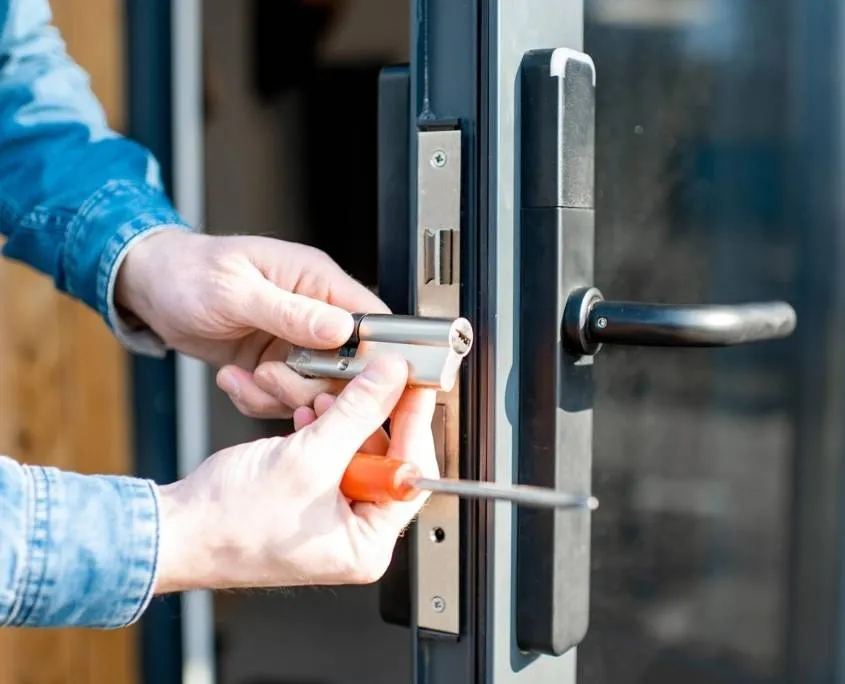Introduction:
When setting up a storefront or commercial space, one small but important decision is often overlooked—which way should a commercial door open. It may seem like a minor detail, but the direction your business’s door opens can affect safety, accessibility, customer experience, and even legal compliance. Whether you’re renovating, building from scratch, or just making updates, understanding the right way a commercial door should open is essential. In this guide, we’ll break down everything you need to know to make the best decision for your business.
Which Way Should a Commercial Door Open?
The short answer is: outward. In most cases, especially in public buildings, commercial doors are required to open outward. But why is that the rule?
Why Do Commercial Doors Usually Open Outward?
Here are a few key reasons why:
1. Safety First
If there’s an emergency like a fire, outward-opening doors allow people to exit the building quickly and without obstruction. Imagine a crowd rushing to get out—pulling a door inward can slow things down or even cause dangerous bottlenecks.
2. Fire Code Compliance
Most local building codes and fire safety regulations require that commercial doors open outward, particularly in buildings with high foot traffic. This helps ensure smooth evacuation during emergencies.
3. ADA Accessibility
The Americans with Disabilities Act (ADA) and similar accessibility laws may influence door design. While ADA doesn’t strictly say a door must open in or out, outward-swinging doors often provide more space for people using mobility aids to enter and exit comfortably.
Are There Exceptions?
Yes, not all businesses are the same. There are a few cases where inward-swinging commercial doors may be acceptable:
- Small offices or businesses with low foot traffic
- Interior doors inside a commercial space (like a back office or restroom)
- Older buildings that may have been “grandfathered” under previous codes
Always check with your local building authority or a trusted commercial lock and door expert to be sure.
Factors to Consider When Determining Which Way a Business’s Door Should Open
1. Local Building Codes
Regulations can vary from city to city. Before making changes, consult your local authority or a licensed contractor. What’s allowed in one area may be illegal in another.
2. Type of Business
A retail store with heavy customer flow will have different needs than a private office. High-traffic areas typically require outward-swinging doors for fast evacuation.
3. Security Needs
Inward-opening doors can sometimes offer better protection from break-ins because hinges are located on the inside. But there are high-security outward-opening door options too, including reinforced frames and tamper-proof hinges.
4. Weather Considerations
In colder regions, an inward-opening door might help keep snow and debris out. However, these concerns can often be solved with the right door design and weather stripping.
5. Space Constraints
Sometimes, the layout of your entryway or sidewalk space outside your business can influence door direction. If an outward-swinging door would block a narrow sidewalk, inward might be the only feasible option—pending approval.
How Commercial Lock and Door Professionals Can Help
If you’re unsure about what’s best for your business, commercial lock and door specialists can guide you. These professionals understand building codes, accessibility requirements, and security concerns. They can recommend the right type of door, hardware, and installation method that works for your space and keeps you compliant.
Final Thoughts: What’s Right for Your Business?
To recap:
- Most commercial doors should open outward for safety and compliance reasons.
- Exceptions exist, but always verify with local codes.
- Consider your business type, traffic, and location before making a decision.
- When in doubt, consult a commercial door expert.
Making the right choice isn’t just about opening and closing—it’s about safety, comfort, and the long-term success of your business.




